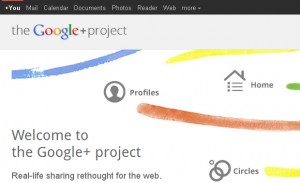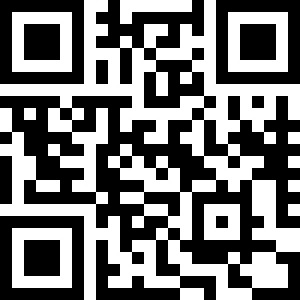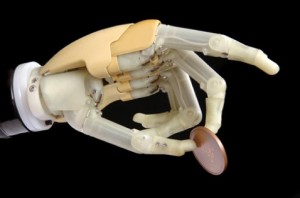For years websites like MSN and Facebook have been growing in numbers. Many rivals, less efficient and less popular social networking website, have died out as they are crushed by the giants. But Facebook seems immune from the possibility of extinction, with a growing number of users currently at over 640 million users!
MSN had a golden period and enjoyed strong competition with Facebook. But the Microsoft owned site has 120 million users and falling. It looks like MSN will be joining the likes of Bebo, Digg and Myspace. I myself deleted my Myspace account when I decided to hop onto the Facebook bandwagon.
But for years it seemed that Facebook would never be challenged, and that was the case, until, now! A company which has 15 times the amount of revenue is stepping up to the plate. Google. The internet giant is taking over world computing. With 85% of the world using Google as their search engine, 15% of internet browsers in the world are Google Chrome – but this is fast growing – and now the $30 billion company is preparing to take on Facebook with its own social network – Google+.
In its two month infancy it is showing similar trends to Chrome and is rapidly growing in usage with 20 million worldwide users at the moment. Although this may seem puny, bear in mind it isn’t open to the world public entirely just yet. At the moment, Google+ is an invitation only site until it opens fully in a couple of months.
I have put my name down to use it on its somewhat large waiting list. But what is all the hype?
Key Feature:
- Circles – This allows me to group my friends, so for example:
- Music pals – Joe, Tom, Abby…
- School pals – Michael, Adam…
- Work Colleagues – Jane, Adam, Monica…
- Hangouts – A 10 people group video chat
- Sparks – Using Google’s search engine you can search for interests
- The Stream – Users can see their Circles’ updates – similar to Facebook’s wall
- +1 – Allowing people to recommend items and websites
These are just some of the functions available to use on +. But is it what we are looking for?
 In my opinion yes, just like Google Chrome did with Internet Explorer it will provide a breath of fresh air to the social networking industry and I think will be a very realistic competitor to Facebook.
In my opinion yes, just like Google Chrome did with Internet Explorer it will provide a breath of fresh air to the social networking industry and I think will be a very realistic competitor to Facebook.
It seems like it is made with much more quality and with far more enhanced features than Facebook, which has many problems, technically and pragmatically.
So I for one am really looking forward to joining it and setting up my profile when it becomes open to the public.



